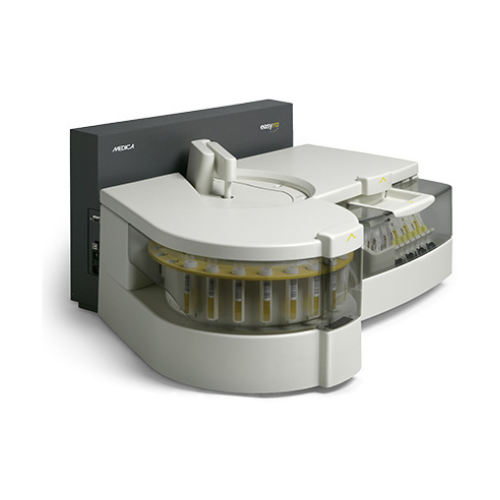For Business Use Only. Does Not Ship to Residential Addresses. For use inside an Analyzer, Sold Separately.
A85264 - Beckman Coulter Access Total ßhCG (5th IS) Reagents Packs (2 x 50 tests)
Product Code: A85264
Manufacturer: Beckman Coulter
Shipping Weight: 10.00lbs (4.54kg)
Specifications
Manufacturer:Beckman Coulter
Country of Origin: United States
Application: Reagent
For Use With: For use with Access Immunoassay Systems
Number of Tests: 2 X 50 Tests
Sample Type: Serum / Plasma Sample
Test Name: Total Beta-Human Chorionic Gonadotropin (hCG)
Test Type: Reproductive Endocrinology Assay
Intended Use
The Access Total βhCG (5th IS) assay is a paramagnetic particle, chemiluminescent immunoassay for the quantitative determination of total βhCG levels in human serum and plasma using the Access Immunoassay Systems. This assay is intended for use as an aid in the early detection of pregnancy.
Summary and Explanation
Human chorionic gonadotropin (hCG) is a glycoprotein hormone, produced by the placenta, with structural similarity to the pituitary hormones FSH, TSH, and LH. The alpha subunits (MW 15,000-20,000 daltons) are common to all of these hormones but the beta subunits differ, and confer immunological and biological specificity. βhCG (MW 25,000-30,000 daltons) shares several peptide sequences with βLH, but has a unique carboxyl terminal region.
Shortly after implantation of a fertilized ovum into the uterine wall, the trophoblast begins to produce hCG, which maintains steroid secretions of the corpus luteum until the placenta can do so. hCG can be detected after implantation; concentrations double approximately every 1.5 to 3 days for the first six weeks and then continue to rise until the end of the first trimester, gradually falling to a lower level for the remainder of the pregnancy. After delivery, hCG returns to < 5 mIU/mL (IU/L) and is usually undetectable several days postpartum.
The hormone is an excellent marker for pregnancy. Healthy, non-pregnant individuals have low (< 5 mIU/mL [IU/L]) to undetectable hCG levels; however, hCG, originating from the pituitary gland, can be found at detectable levels in periand post-menopausal women. During pregnancy, unusually low or rapidly declining levels may indicate an abnormal condition such as an ectopic pregnancy or impending spontaneous abortion.











